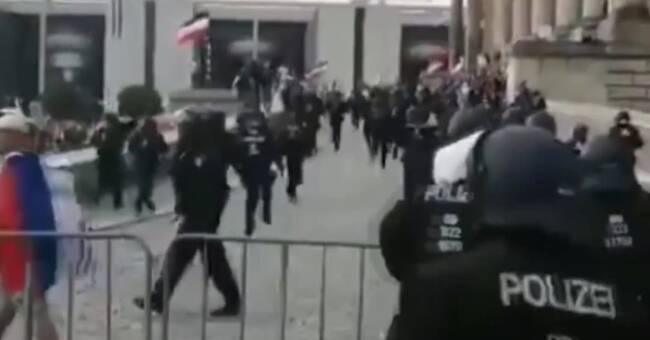It took eleven years for the police to uncover three neo-Nazi serial killers who secretly murdered ten people with immigrant backgrounds around Germany.
The country was shocked.
But more lives would be required before the right-wing extremist threat was given the highest priority.
It is the place names Halle, Kassel and Hanau that paved the way for the awakening.
An assassination attempt on a synagogue, a murder of a refugee-friendly politician and a mass murder of bar guests with an immigrant background.
According to prosecutors, the motive has been far-right: to kill and intimidate political opponents, Jews and immigrants.
Extremist violence has left deeper traces in Germany than in most other countries.
Of course, many people think of the Nazi terrorist kingdom.
Others also remember the left-wing extremist terrorist group the Red Army faction.
In recent years, it is Islamist extremism that the German security police have been particularly under scrutiny after several bloody terrorist attacks.
The refugee crisis five years ago gave explosive energy to a violent right-wing extremism that was already growing.
Through anger and hatred against immigrants, against Islam in particular and against the government that has opened the borders, extremists were able to mobilize larger groups to take to the streets in protest.
And with the anti-corona protests this fall, they moved the positions further.
Yes, right up to the steps of the Riksdag building, they took their red-white-black national flags, which serve as a replacement for the forbidden swastika flag with the same colors.
A cold shiver went through a long line of German spines.
Four days later, the government declared right-wing extremism the country's biggest security threat.

